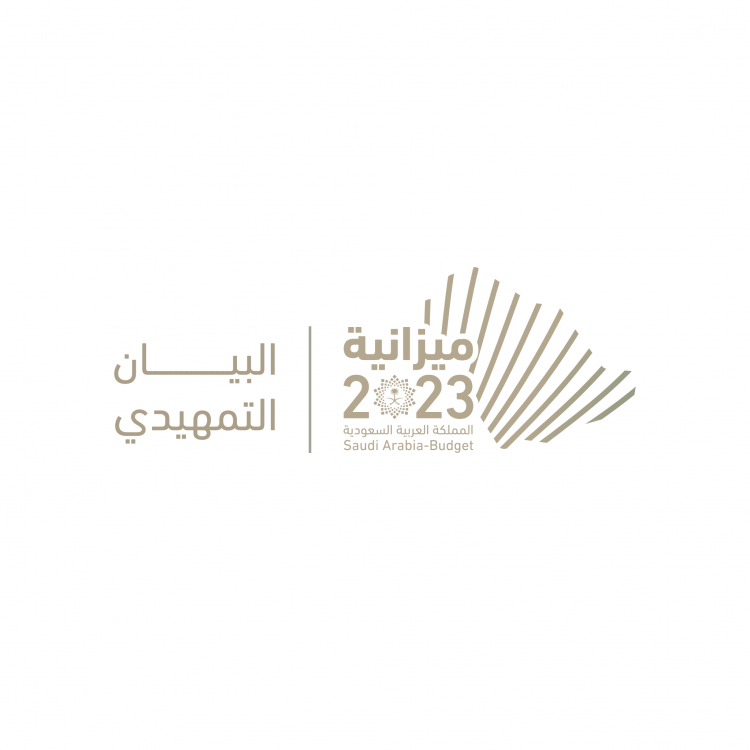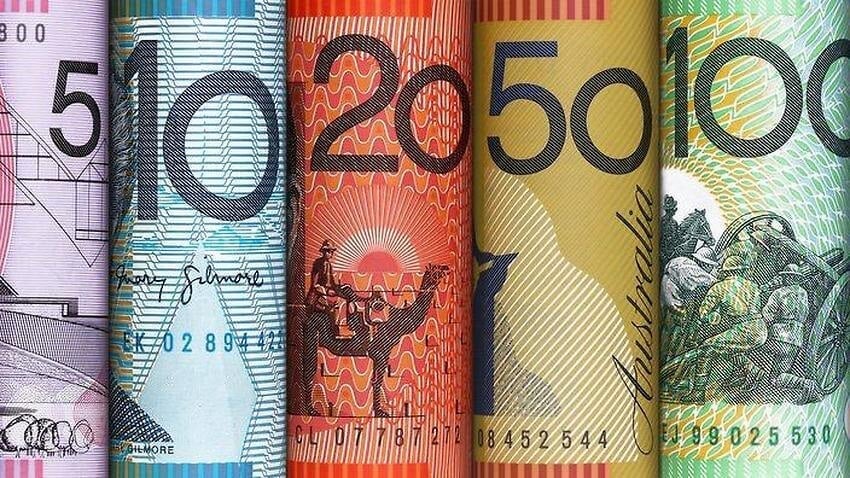Publisher: Maaal International Media Company
License: 465734
Saudi budget preliminary statement: Public debt approaches SR 1 trillion by 2023-end
The Ministry of Finance issued a preliminary statement for the Saudi budget for the year 2023, which expected the total public debt to reach SR 985 billion by the end of 2022. This volume of debt is higher than the levels estimated in the budget, which was announced last December. The Ministry of Finance returned the matter to the completion of pre-financing operations to reduce the volume of borrowing financing needs for the next year 2023 and to complete part of the alternative government financing operations during the year, noting – i.e. the ministry – that the fiscal policy aims to strengthen the financial position of the government by maintaining safe levels of government reserves to enhance the Kingdom’s ability to deal with external shocks.
According to the statement, the GDP will grow 8% by the end of this year 2022, and will reach 3.1% in the year 2023, and 6% in the year 2024, to reach 5.4% in the year 2025. Moreover, inflation will reach 2.6% by the end of 2022, it will decrease to 2.1% in 2023, and there will be a higher ceiling for the debt level during the coming period that will not be exceeded.
This is in addition to focusing on debt issues with fixed returns starting from the year 2021 AD to mitigate the risks of variable returns, and to meet the Kingdom’s needs for financing, the Ministry of Finance is working in cooperation with the National Center for Debt Management to prepare an annual plan for borrowing, according to the medium-term debt strategy, which aims to diversify sources of financing between local and external and access global debt markets within well-studied frameworks and foundations for risk management. This strategy also takes into account the objectives of the Kingdom’s Vision 2030 in promoting the growth of the financial sector and deepening the local debt market. The strategy also aims to diversify financing tools between the issuance of bonds, sukuk and loans, in addition to continuing research into new financing markets and methodologies through alternative government financing, which comes within the ministry’s strategy to support the continuity and completion of major development projects in the Kingdom.
اقرأ المزيد
It is noteworthy that the public debt of the Kingdom of Saudi Arabia rose to 966.519 billion riyals at the end of the first half of this year, an increase of 28.509 billion riyals from its levels at the end of 2021, which was 938.01 billion riyals. The increase came from local issuances and borrowings, amounting to 83.008 billion riyals during the first 6 months of 2022, while about 36.997 billion riyals of the principal debt were repaid during the same period.
The level of external debt decreased to 361.761 billion riyals, a decline of 17.502 billion riyals from its levels at the end of 2021, which was 379.263, which means that the government did not issue any international debts during the first half of this year, but rather paid 17.5 billion riyals of external debts.









